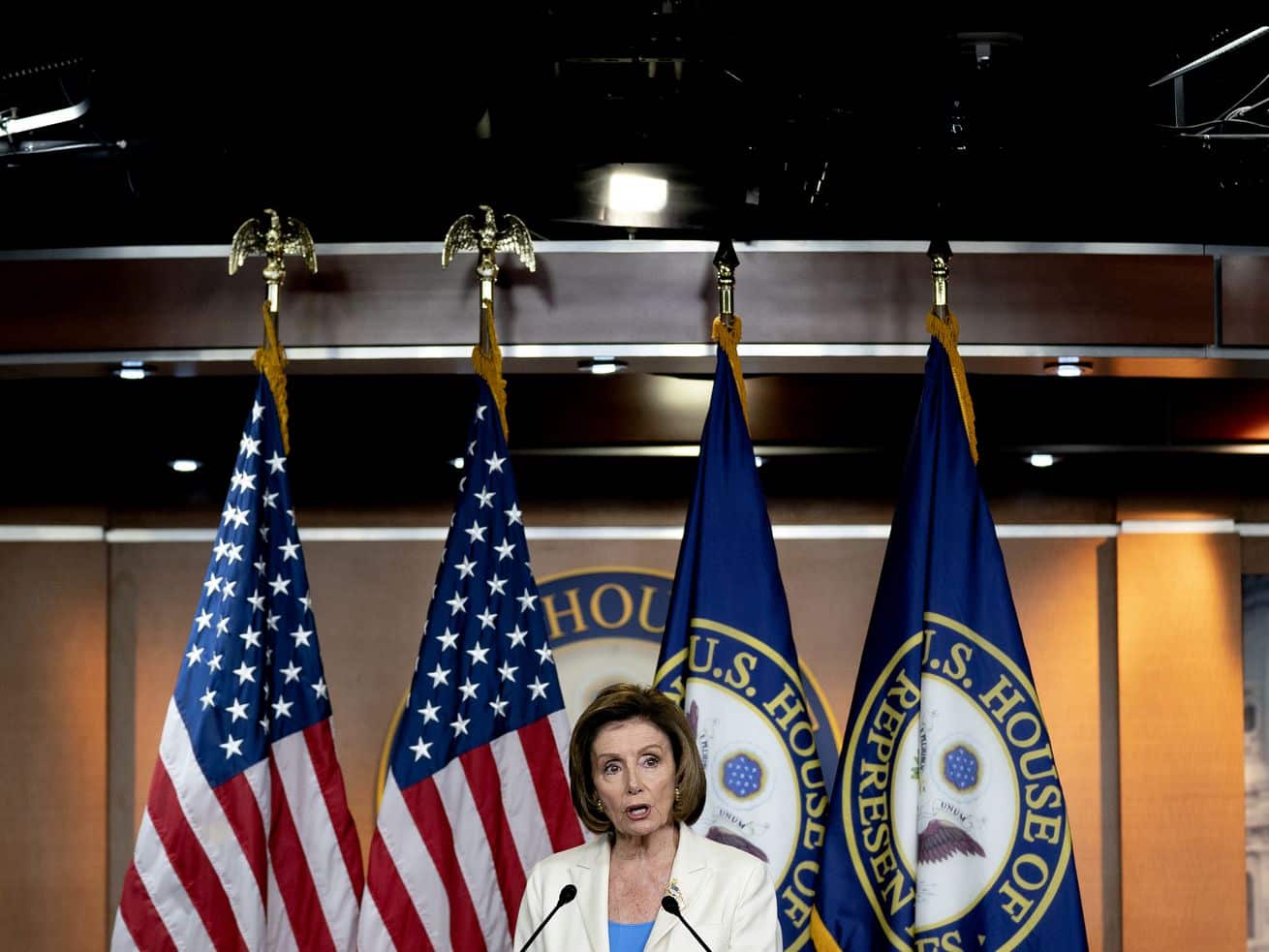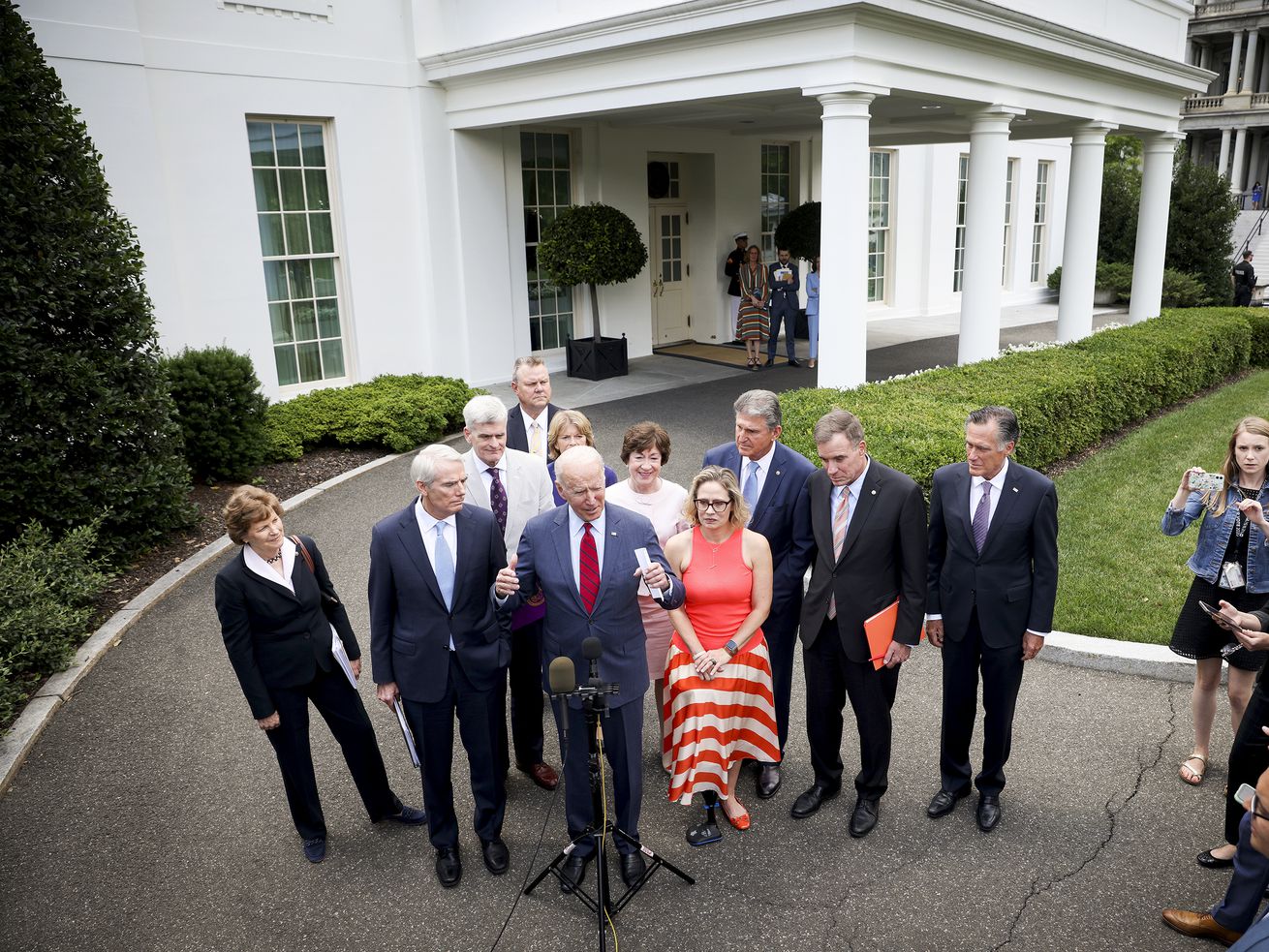Boris Johnson’s response is likely to blame for the country’s record-high case counts.
After a relatively quiet summer, the United Kingdom is now suffering a new onslaught of Covid-19. Where the seven-day rolling average for much of the summer was regularly below 1,000 cases a day, it began increasing in September, and by October 5, the new average had reached 15,505. The counts are complicated by test shortages and changes in the way cases are counted, but it’s clear the country is going through a serious second wave.
None of this was supposed to happen.
Last year, before Covid-19 hit, the Global Health Security Index judged how prepared countries around the world were to prevent new infectious diseases from coming in, detect them if they did, and treat resulting infections. The UK looked great — it was the second-most prepared country in the world, behind only the US.
Since then, other countries, like Vietnam, Germany, and South Korea, have able to hold their case numbers down. But the UK government made a series of missteps and lost control.
/cdn.vox-cdn.com/uploads/chorus_asset/file/21949294/coronavirus_data_explorer__1_.png) Our World In Data
Our World In DataSo how did such a seemingly well-prepared country blow it, not once but twice?
The missteps were primarily the responsibility of Parliament and its leader, Boris Johnson. Unlike in the United States, where public health is primarily the responsibility of state and local governments, in the UK most public health directives for England come directly from the Prime Minister. (Wales, Scotland, and Northern Ireland get some leeway.)
There are currently no checks and balances between the Prime Minister and Parliament; the Prime Minister is head of Parliament, and at the moment the party in power has enough members to ensure that what the PM says, goes.
/cdn.vox-cdn.com/uploads/chorus_asset/file/21947306/GettyImages_1276986692.jpg) Matthew Horwood/Getty Images
Matthew Horwood/Getty Images/cdn.vox-cdn.com/uploads/chorus_asset/file/21947308/GettyImages_1228938730.jpg) David Cliff/NurPhoto via Getty Images
David Cliff/NurPhoto via Getty ImagesWhat stands out in the UK response is how uneven it’s been, despite being led by someone who tested positive for the virus and wound up in an intensive care unit in London for several days in April, relatively early on in the pandemic.
Here are some of the missteps Johnson’s government has made leading to the second spike.
Boris Johnson’s plan to help the restaurant industry may have been a public health disaster
If you want to stop the spread of an infectious disease, you do your best to keep uninfected people away from infected people. On March 20, as the epidemic was just beginning, the UK government counted 1,254 positive coronavirus tests, and Johnson ordered all restaurants, cafes, and pubs in England closed. Good so far. (The other nations in the UK made their own rules.)
On July 4, with the daily new case count down to 403, Johnson reopened English pubs and restaurants with no face coverings needed, but with more handwashing and ventilation required, and a limit of two households allowed to dine together. On July 15, to the delight of millions of Brits, Johnson took things a step further with a plan to pay people to eat out.
For the plan, dubbed “Eat Out to Help Out,” the government paid half of everyone’s restaurant bills up to 10 pounds per meal every Monday, Tuesday, and Wednesday in August — for all diners, in groups of any size, as often as people wanted, indoors or out. At the time, face masks were not required in most eating establishments. According to Boris Johnson and finance minister Rishi Sunak, the point of the plan was to help save jobs in the restaurant industry.
The public was more than happy to eat on the government’s dime and did so 100 million times between August 3 and 31, at a cost of £522 million (about $694 million), per Her Majesty’s Revenue and Customs, the IRS of the UK.
/cdn.vox-cdn.com/uploads/chorus_asset/file/21947309/GettyImages_1264093795.jpg) Leon Neal/Getty Images
Leon Neal/Getty ImagesThe public health community reacted to the plan with horror. “In a word, it’s nuts,” says Lawrence Gostin, director of the WHO Center on National and Global Health Law, professor of global health law at Georgetown University, and a research fellow at Oxford University. “In the midst of a pandemic, it’s actually directly opposite to what the public health evidence suggests.”
The move was made despite evidence available since early in the pandemic that eating indoors, close to others, is a high-risk activity for spreading the virus. For example, there was a well-known incident at a restaurant in Guangzhou, China, back in January, when a diner who’d just returned from Wuhan infected nine others in a restaurant, at his own table and two tables nearby. There’s also been growing concern about the ability of the virus to travel more than 6 feet from an infected individual. A report since published by the Centers for Disease Control and Prevention found that American adults who got Covid-19 were twice as likely to have eaten out as a control group who hadn’t gotten the virus.
No studies have yet been published in the medical literature definitively linking the rise in UK cases beginning in early September to the increased visits to restaurants throughout August. But it’s hard to think otherwise.
Toby Phillips, a public policy research at Oxford University, looked at how many more people ate out, and how many more cases there have been, and concluded in The Conversation that the increased number of cases in early September “is consistent with” the restaurant scheme.
“Looking at the English regions, there is a loose correlation between uptake of the scheme and new cases in the last weeks of August,” he wrote. “Again, this isn’t to say that the scheme caused those cases. But it certainly didn’t discourage those people from going out.”
To Devi Shridhar, a professor of global public health at the University of Edinburgh in Scotland, Johnson was being business-friendly and actively playing to his base. “People loved it. And he was celebrated for it,” she says.
Three weeks after the “Eat Out to Help Out” program ended, as the incidence of Covid-19 took off, Johnson limited restaurant and pub hours. “Now these restaurants and the hospitality industry are being hit by curfews and restrictions,” says Shridhar. “So, it’s like one step forward, five steps backward.”
Even Johnson himself recently acknowledged that his plan might have, in part, fueled the new wave of cases across the country. At the same time, he took responsibility “for everything that has happened since the pandemic began.”
The government has fumbled on PPE, testing, and contact tracing
In October 2016, UK government departments and local authorities gamed out a detailed disaster scenario, called Cygnus, in which a hypothetical new and voracious influenza virus came in from southeast Asia. While the government has yet to release the results of Cygnus, British newspapers reported that the simulation showed there was a shortage of ventilators and critical care beds, a serious lack of personal protective equipment (PPE) for National Health Service employees, and the government scored poorly in its ability to communicate with the public. An unnamed former government official told the Telegraph newspaper that the simulation had results “too terrifying” to reveal.
Indeed, there was a severe shortage of personal protective equipment for NHS staff during the first Covid-19 spike in the spring, with health care workers appealing to the public for donations of masks and other equipment. The British media were quick to publish photos of health workers wearing garbage bags and home-made masks.
The toll of improper preparation hit the UK’s health care providers hard. Amnesty International reported that by September 3, near the start of the second peak, 649 health workers in the UK had died of Covid-19, putting it third in the world for coronavirus-related health care worker deaths, behind only Mexico and the US. That’s left a smaller — and rattled — workforce to deal with the second spike.
The government has promised that it’s now set with PPE, and this time around there seem to be fewer complaints. By contrast, both testing and contact tracing — thought by many epidemiologists to be key, along with face masks and isolation, to controlling the pandemic — remain fraught.
/cdn.vox-cdn.com/uploads/chorus_asset/file/21947313/GettyImages_1264659277.jpg) Jeff J. Mitchell/Getty Images
Jeff J. Mitchell/Getty Images/cdn.vox-cdn.com/uploads/chorus_asset/file/21947314/GettyImages_1264657611.jpg) Jeff J Mitchell/Getty Images
Jeff J Mitchell/Getty ImagesThe National Health Service has been offering free testing to people with symptoms and for all NHS workers, as well as some others throughout the pandemic. Shortages were the norm early on, which became an issue for health care workers. One of Johnson’s top ministers announced March 31 that there was a shortage of chemical reagents needed for testing; the Chemical Industries Association told ITV News the same day that the problem was not at their end.
The government canceled an early initial contact tracing effort on March 12; some of Johnson’s science advisers thought there were too many cases to trace. Then the number of cases and deaths soared, and the government started a new program in April. It has not gone smoothly.
Work on a contact-tracing phone app, a strategy that has been attributed to helping other countries such as South Korea keep the virus under control, was started in March but stopped in June, before it was ever broadly rolled out, due to issues integrating it effectively with major phone operating systems. When the phone app was revived on September 24, it at first failed to pick up data on who was infected.
Much of the test-and-trace work has been farmed out in no-bid contracts to private companies, which has sparked accusations of profiteering. Sridhar points to the Conservative government for following a long history of privatizing government services. “They’re trying to get contracts for companies rather than improving public health,” she says.
In September, the BMJ reported that the government has a secret £100 billion ($129 billion) plan to do 10 million tests a day (some with tests not yet on the market) by early next year. Critics say the plan disregards the enormous current problems with testing. The government hasn’t confirmed the specifics, but Johnson has announced plans to greatly extend testing.
And yet he has continued to remind people that they were only supposed to ask for tests if they had symptoms (people can also get a free test if a contact tracer instructs them to). Discouraging more people from getting tested, including those who have close contacts who have the virus, is problematic since asymptomatic or presymptomatic people with known exposures may be infected and can spread the virus without knowing it.
Then, in early October, Public Health England (PHE) admitted that because of an IT error, data from nearly 16,000 people who’d tested positive between September 25 and October 2 were left out of the UK’s daily count. This means their contacts were not immediately informed, meaning that people who were exposed to virus-positive contacts did not know to self-isolate, and so potentially infected people continued their normal lives for days. Once again, and in this time in the middle of a spike, the government missed a chance to stem the tide.
Is the UK learning from its mistakes?
Despite all of these failures, the UK government is still not setting itself up for future success. For example, it is axing Public Health England, which in addition to its involvement in testing, also conducts public health research and formulates recommendations on everything from smoking to obesity to poverty — all conditions that may leave people more vulnerable to Covid-19.
On August 18, the government announced PHE would be folded into a new agency called the National Institute for Health Protection (NIHP) by next spring. The NIHP is currently charged with focusing on the Covid-19 pandemic, leaving PHE’s other disease-prevention functions “to be discussed.”
“It is on one level inexplicable, at another level perfectly understandable,” says Martin McKee, professor of European health at the London School of Hygiene and Tropical Medicine. The inexplicable part is gutting a public health agency in the middle of a pandemic — even one that has made mistakes — while the understandable part is that Johnson’s top political adviser, Dominic Cummings, has a history of abrupt changes. “He has this view of creative destruction,” says McKee. “The idea would be that you shake everything up and something good might come out of it.”
/cdn.vox-cdn.com/uploads/chorus_asset/file/21947317/GettyImages_1278998705.jpg) Christopher Furlong/Getty Images
Christopher Furlong/Getty ImagesIn the meantime, the UK is facing new daily case counts 15 times what they were this summer — and a potentially long and difficult winter ahead. Even Prime Minister Johnson is not optimistic. On the BBC’s Andrew Marr show on October 5, Johnson predicted “it will continue to be bumpy through to Christmas and may even be bumpy beyond.”
Many blame the uneven reaction to the new coronavirus — and many of the UK’s more-than 42,500 Covid-19 deaths — on Johnson’s hot-again, cold-again belief in the seriousness of the pandemic, his interest in helping out businesses, and a system that gives him unquestioned power to guide the government response.
“You can have the best health system in the world,” Gostin says. “You can have the most expert scientists in the world as the UK has. But if you don’t have a leader that can effectively implement good policy and effectively communicate the importance of risk avoidance behaviors, you’re finished.”
Joanne Silberner is a freelance journalist who has been reporting on health policy and medicine since the early days of HIV.
Millions turn to Vox each month to understand what’s happening in the news, from the coronavirus crisis to a racial reckoning to what is, quite possibly, the most consequential presidential election of our lifetimes. Our mission has never been more vital than it is in this moment: to empower you through understanding. But our distinctive brand of explanatory journalism takes resources. Even when the economy and the news advertising market recovers, your support will be a critical part of sustaining our resource-intensive work. If you have already contributed, thank you. If you haven’t, please consider helping everyone make sense of an increasingly chaotic world: Contribute today from as little as $3.
Author: Joanne Silberner
Read More



